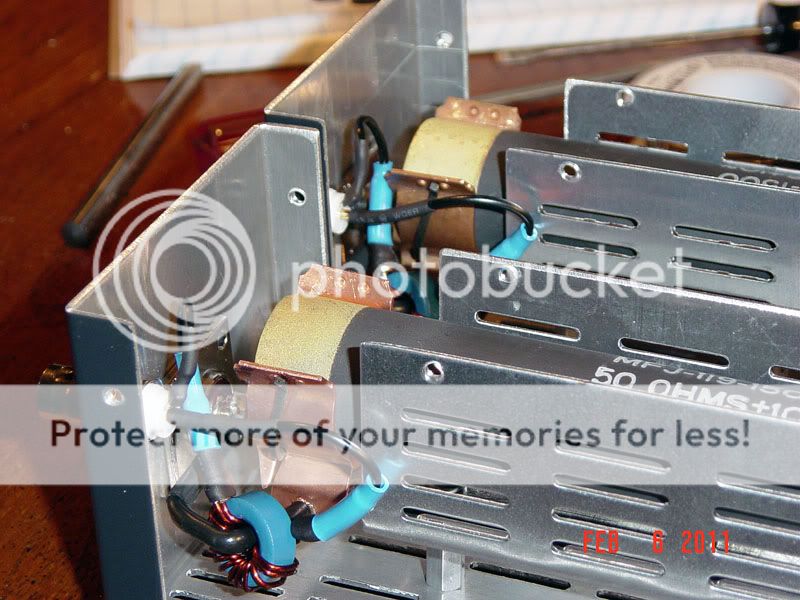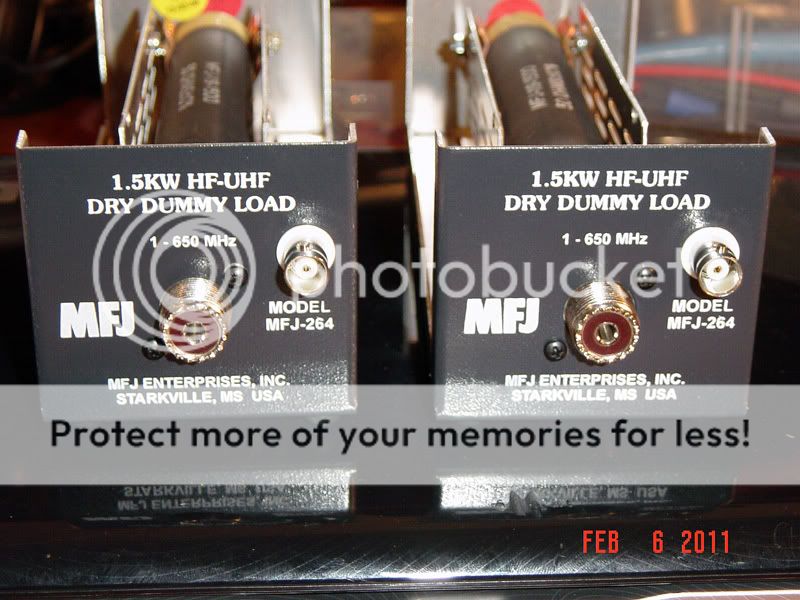It doesn't matter what the connection is between the jack and the resistor as long as the toroid will fit over it. i did mine years ago and don't remember if I left it as a strap or changed over to a more flexible wire but either way it will work.
I took the strap out and changed it to a wire for the toroid. There aint a whole lot of room in there, so I had to pull the resistor and mount. One thing I didn't take into account, is that the strap bent into an "L" actually held that end of the resistor up



